|
My sisters and their spouses are going to stay at a supposed haunted motel. To prepare for this adventure, my sister Katrina and I transformed this doll to hopefully scare my sister's wife. I think the doll looks better than ever.
0 Comments
Both of my nephews, Ethan and Zane Richards completed three drawings where we each started for 10 minutes and then continued to switch for decreasing amounts of time. Here are our finished sketches:
I have an upcoming performance at SOMArts on January 4th. The curator e-mailed a humorous message:
Dear Terrance, Congratulations, your work has been selected to be part of 100 Performances for the Hole on January 4th, 2014. Two years ago the smell of your piece was lingering and people still talk about it. What was it that you poured out on the ground?. This year I will need to know beforehand what the liquid is and how you plan to contain it. Plastic sheets or absorbent paper would work and we can help provide this if you need. I will follow up this email with more, but just to let you know you're in. I'm are very excited to be presenting your work. J. Here is my response: J., The first year, the mixture was water, marble dust, bodily fluids from my accident 9 years ago, and camphor oil. Last year, the mixture was bodily fluids from my accident 9 years ago, chrysanthemums, and spoiled milk. This year, I will use the second mixture again, but will place a black, non-absorbent board in the pit, so that no trace amount will remain. There is always the chance that I may get sick. Can you think of a nice way to cue me after one minute is up? Perhaps you could ring a small bell for me? I lose track of time and really hate if I go over. To clarify, it's 1 minute set up, 2 minute performance, 1 minute clean up? Here is my script:
And the e-mail communications continue: Terrance, I'm getting plastic sheeting for the pit and absorbent paper and other materials to help clean up. Let's keep it like leave no trace. My response: Hey J, I would prefer that there be nothing in the hole (plastic sheeting, etc.). I will provide a 3'x3' thin, black plywood sheet that will sit in the bottom of the hole. My assistant will place it and I will remove it. There will be a very small amount of liquid that will ONLY be on top of the sheeting and I will clean this up with an absorbent "altar" cloth. In other words, all liquid will be contained and nothing will be left behind. I will have a small plastic bag, in case of sickness. J's response: You're good to go but please, please make sure that the smell doesn't linger. All the fluid must be contained. I had to deal with such a host of complaints last time about lingering smells from your fluids. ;) Sorry to be so direct about it. I love what your work symbolizes and does to the space so please go ahead with your project as you need. My response: It might be best for me to bow out and I appreciate your candidness and professionalism. I completely understand the intrusiveness of my work and I do not want to disrespect other artists. I do want to be able to create an atmosphere that may provoke and challenge the audience. As you know, my work creates a forum wherein viewers may freely explore their feelings about mortality, loss, and their relationship to their bodies. Perhaps this is not the correct venue for this expression. Thank you anyway for the opportunity and look forward to seeing you in the near future. His response: Terrance, This is exactly the thing that makes your work so interesting. By no means should you bow out. I just wanted to be up front. I love what you're working with and how you produce it. Keep it coming. Just wanted to share my concerns. That is all. Thanks for letting me speak it out loud. The spot is yours and I'd feel remiss if you weren't going to perform with us. Please reconsider. Best regards, My response: Hey J, Thanks for the kind words! When I was in college for art, I remember having many, many discussions with my artist friend Heather, about the responsibilities of working with visual art mediums such as sculptures, paintings, and photography versus ones that completely encompass the audience's experience such as installations, smells, lighting, soundscapes, etc. It was because of these valuable contemplations that I understand the importance of boundaries, especially within a group show. In previous years with 100 PftH, I have overstepped these lines with, not only these pervasive elements, but also by accidentally going over on my allotted time. I hope you accept my apology for my previous errors and with respect, I think my piece may not work because even though there will be nothing left in the hole, the smell may linger in the air. I would be excited to participate in any future events and next time I will propose a more appropriate artwork. His response: I understand and believe what you're working with is super valuable. If you'd like I can put you last and that will take care of the smell issue. I really don't want to lose you from this program. Think it over. If I don't hear from you by 5 pm today then I will take you off the list of performers. That would be a shame. This museum is really something special. The collection is well rounded and the huge new building is amazing. Here are some highlights. Andrew Newell Wyeth American, 1917–2009 Winter 1946 1946 Tempera on board Although beloved as the illustrator of such children's classics as "Treasure Island" and "Robin Hood", N.C. Wyeth sought greater respect as a fine artist. Unfortunately, many critics dismissed his paintings of rural life as sentimental and old fashioned. Increasingly frustrated, N.C. transferred to his son Andrew the burden of his hopes. The weight of that burden is apparent is "Winter 1946", which Andrew Wyeth painted in the aftermath of his father's tragic death in an accident at a railroad crossing–a crossing that lies on the other side of the hill. According to the artist, the hill became a symbolic portrait of his domineering father, and figure of the boy running aimlessly "was me, at a loss–that hand drifting in the air was my free soul, groping." The brittle clarity of "Winter 1946" results from Wyeth's use of the egg tempera medium: ground earth and mineral colors mixed with yolk and thinned with water. The artist once said that he liked tempera for its "feeling of dry lostness." Thomas Moran "Fiercely the red sun descending / Burned his way along the heavens" 1875–1876 Oil canvas This is some of the best brushwork...I adore this painting (also see detail below). Henry Wadsworth Longfellow's epic poem "The Song of Hiawatha" tells the story of a Ojibwa chief and his valiant struggle against evil. First published in 1855, "Hiawatha" inspired many artists, most notably Thomas Moran, The title of this painting sets the scene for Hiawatha's struggle against the magician who murdered his grandfather. Nokomis, the hero's grandmother, directs his journey across the black water to the West, where "fiercely the red sun descending/ Burned his way along the heavens." Just as the poet sought to create an indigenous American mythology, the painter imagines a mythic landscape, more emotional than real. Bernardo Strozzi; Italian, 1581/1582–1644; Portrait of a Gentleman, circa 1625–1632, Oil on canvas Cosmetic Tube and Applicator
Egyptian, Medieval 8th century Blown glass Using a cosmetic palette and small stone, Egyptians ground minerals to a fine powder and mixed them with oils or fats to create cosmetics for both men and women. Kohl–eye makeup that often contained galena (a lead ore)–was used to paint the rims of the eyes (like eyeliner) as well as the lashes (like mascara). Not only was kohl a popular beauty product; it was also a remedy for inflamed eyes. Such eye makeup could be stored in a long, thin tube that held an applicator. why some people are creative -- 12/23/13
Delanceyplace.com End of Year Encore Week: This year a full week on creativity. In today's encore selection -- from "The Unleashed Mind: Why Creative People Are Eccentric" by Shelley Carson. Many highly creative people behave in ways that are viewed as eccentric. Why? Researchers are finding that their creativity and their eccentricity are rooted in the same cause -- a diminished ability to filter out nearly as much of the constant stream of information as the average person, and thus the need to process and organize this information in untypical ways. The term for this trait is "cognitive disinhibition": "Many highly creative people [display] personal behavior [that] sometimes strikes others as odd. Albert Einstein picked up cigarette butts off the street to get tobacco for his pipe; Howard Hughes spent entire days on a chair in the middle of the supposedly germ-free zone of his Beverly Hills Hotel suite; the composer Robert Schumann believed that his musical compositions were dictated to him by Beethoven and other deceased luminaries from their tombs; and Charles Dickens is said to have fended off imaginary urchins with his umbrella as he walked the streets of London. ... "In fact, creativity and eccentricity often go hand in hand, and researchers now believe that both traits may be a result of how the brain filters incoming information. Even in the business world, there is a growing appreciation of the link between creative thinking and unconventional behavior, with increased acceptance of the latter. ... "In the past few decades psychologists and other scientists have explored the connection using empirically validated measures of both creativity and eccentricity. To measure creativity, researchers may look at an individual's record of creative achievements, his or her involvement in creative activities or ability to think creatively (for example, to come up with new uses for ordinary household items). To measure eccentricity, researchers often use scales that assess schizotypal personality. ... Schizotypal personality is a milder version of the clinical psychiatric condition called schizotypal personality disorder, which is among a cluster of personality disorders labeled 'odd or eccentric' in the American Psychiatric Association's Diagnostic and Statistical Manual of Mental Disorders. ... Not all schizotypal people have a personality disorder, however. They are often very high functioning, talented and intelligent. Many of my students at Harvard University, for example, score far above average on schizotypal scales, as well as on creativity and intelligence measures. ... "My research suggests that these manifestations of schizotypal personality in and of themselves do not promote creativity; certain cognitive mechanisms that may underlie eccentricity could also promote creative thinking, however. In my model of how creativity and eccentricity are related, I theorize that one of these underlying mechanisms is a propensity for cognitive disinhibition. ... "Cognitive disinhibition is the failure to ignore information that is irrelevant to current goals or to survival. We are all equipped with mental filters that hide most of the processing that goes on in our brains behind the scenes. So many signals come in through our sensory organs, for example, that if we paid attention to all of them we would be overwhelmed. Furthermore, our brains are constantly accessing imagery and memories stored in our mental files to process and decode incoming information. Thanks to cognitive filters, most of this input never reaches conscious awareness. There are individual differences in how much information we block out, however; both schizotypal and schizophrenic individuals have been shown to have reduced functioning of one of these cognitive filters, called latent inhibition (LI). Reduced LI appears to increase the amount of unfiltered stimuli reaching our conscious awareness and is associated with offbeat thoughts and hallucinations. ... "Reduced cognitive filtering could explain the tendency of highly creative people to focus intensely on the content of their inner world at the expense of social or even self-care needs. (Beethoven, for example, had difficulty tending to his own cleanliness.) When conscious awareness is overpopulated with unusual and unfiltered stimuli, it is difficult not to focus attention on that inner universe. In 2003, my colleague Jordan Peterson and I reported [that] ... we think that the reduction in cognitive inhibition allows more material into conscious awareness that can then be reprocessed and recombined in novel and original ways, resulting in creative ideas. ... "A brain-imaging study, done in 2010 by investigators at the Karolinska Institute in Stockholm, suggests the propensity for both creative insights and schizotypal experiences may result from a specific configuration of neurotransmitter receptors in the brain. Using positron-emission tomography, Örjan de Manzano, Fredrik Ullén and their colleagues examined the density of dopamine D2 receptors in the subcortical region of the thalamus in 14 subjects who were tested for divergent-thinking skills. The results indicate that thalamic D2 receptor densities are diminished in subjects with high divergent-thinking abilities, similar to patterns found in schizophrenic subjects in previous studies. The researchers believe that reduced dopamine binding in the thalamus, found in both creative and schizophrenic subjects, may decrease cognitive filtering and allow more information into conscious awareness. "Clearly, however, not all eccentric individuals are creative. Work from our lab indicates that other cognitive factors, such as high IQ and high working memory capacity, enable some people to process and mentally manipulate extra information without being overwhelmed by it. Through a series of studies, we have, in fact, shown that a combination of lower cognitive inhibition and higher IQ is associated with higher scores on a variety of creativity measures. The shared vulnerability model suggests that at least a subgroup of highly creative individuals may share some (but not all) biological vulnerability factors with individuals who suffer from psychotic illnesses, such as schizophrenia. This vulnerability may allow the highly creative person access to ideas and thoughts that are inaccessible to those of us with less porous mental filters." author: Shelley Carson title: "The Unleashed Mind: Why Creative People Are Eccentric" publisher: Scientific American Mind date: May/June 2011 pages: 22-29 I was more inspired in the Historical section than the Art Gallery. I was especially excited to come across a gorgeous hair memento mori.
My artist friend, Honey McMoney asks for my thoughts on getting an MFA. Here is his account:
I went up to Bard for their mfa info session yesterday, almost six hours of driving in the rain and then the dark in my brother's family's minivan. I felt like a scene out of a cautionary tale. As I sat there watching the professors (3, plus program director, current student/straight boy art jock!?) and the attendees (about 20), I realized: 1. That I would never get in. On the drive back and since I've decided 2. I'd already done their program in essence, just not with them, but with you and everyone I've been having art experiences with over the last 5 years. 3. Were I 28-32yo this would have been an excellent experience. 4. If I stop giving energy - time, imagination, psyche - to the mfa vision what else can I do with it? 5. What do I want to be learning? 6. By my reckoning I actually have 3 of these things they call mfa and one of those is a double degree. 7. The thing I'm not actually good at is the business, the politicking. 8. It's bigger and richer outside than inside and it's time to stop feeling ashamed of raising ourselves in the wild. Or maybe that's just my projection of shame - my sense that I've failed for not being what? rich and famous? I don't even know! 9. I love making art and damn the torpedoes. 10. I don't think any of us need this degree. That said, I encourage you both in any way that uplifts you! ------------------ Here is my answer: Hang on...jumbled thoughts tumbling around, I'm attempting to catch some of the slower ones. 1. No, an MFA is not needed. There are many artists that are "successful" that do not have MFA's. 2. Define successful and once one has an inkling, this may give guidance or a lighthouse to warn of treacherous waters. 3. I hate the art world here in the States right now. It seems it's about who you know and where you got your degree. 4. An MFA would help me keep completely focused and engaged in creativity, instead of feeling sorrow and unhappiness with the way the art world operates. 5. I have no idea how the art world REALLY works, so all of these ideas, are based on my own shit. 6. "Where did they go to school?" I even ask this. As if the institution has given the artist some special power or secret knowledge. 7. Working in isolation is more difficult for me, so an environment, where creativity is encouraged, would be amazing. 8. I'm not willing to go into serious debt for a "career" that will realistically reward me for my efforts. 9. My art is often dependent on creating a forum that encourages exploration on taboo subjects and uncomfortable feelings. This requires an audience...and audience comes to galleries...galleries often represent people with degrees. 10. Galleries often exhibit safe subjects or artworks that sell. 11. Within MFA programs, it is often encouraged to explore ideas, even to the point of making oneself uncomfortable. 12. I'm tired of applying to things and constantly getting rejected. As a result, I judge myself harshly. 13. I'm not usually one to sell myself, but I do think I have ideas that are valuable to society. 14. Perhaps society is not interested in my subject matter. 15. The art world is mostly made of the upper class and they avoid exploring the things I'm interested in. 16. I make many assumptions and resort to stereotyping. I make grand gestures that may not be based in reality. 17. My feelings and ideas are all I have. 18. I feel past my prime when I see young artists around me. 19. I often feel like giving up. Lately, I have given up. 20. I haven't visited my studio in many, many months. I have not been excited about making art in a long time. So what makes me think that if I were to get into an MFA program, it would be any different? 21. I'm not in a mental state, to think clearly about any of this–my mind is somewhat broken lately. 22. I have an attitude that borders on downright crassness. 23. I like the number 23. |
AUTHORTerrance Graven is a San Francisco artist whose installations incorporate sculptural elements, performance art, costumes, sound pieces, and theatrical lighting. CATEGORIES
All
ARCHIVES
March 2024
|
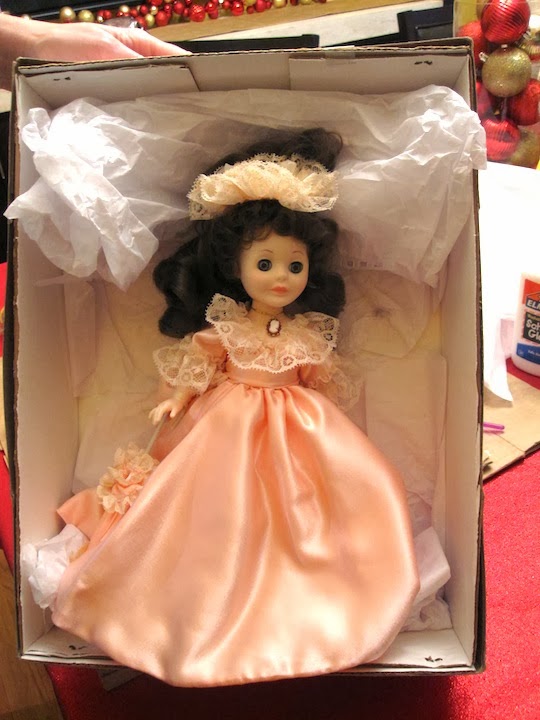
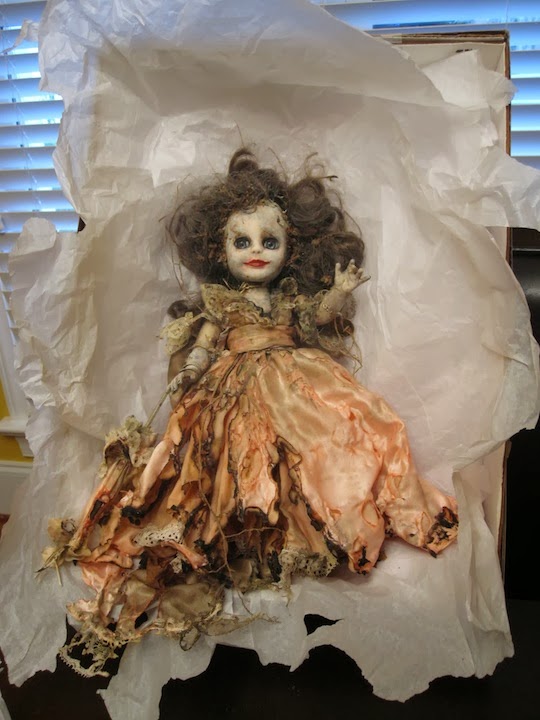
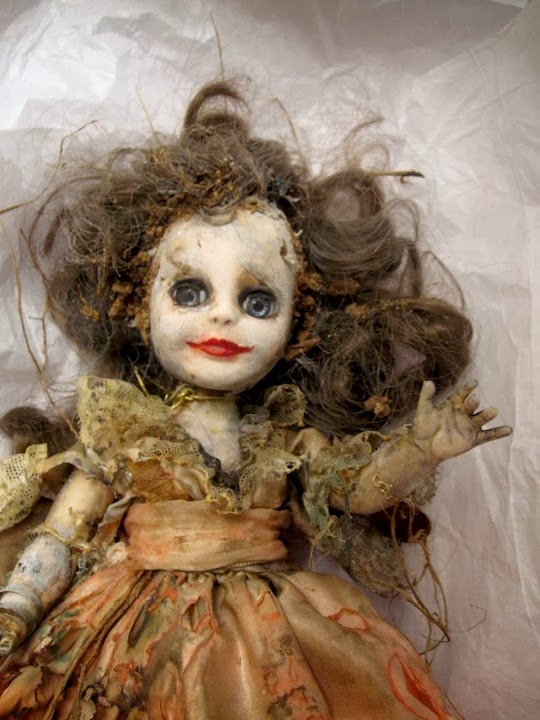














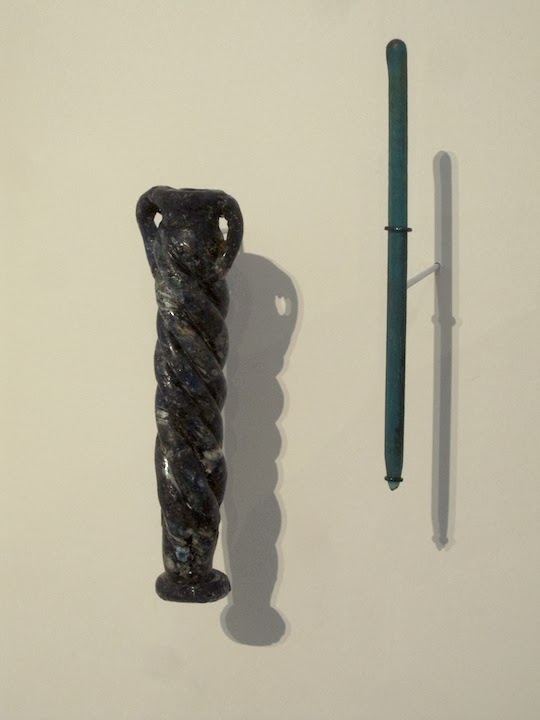

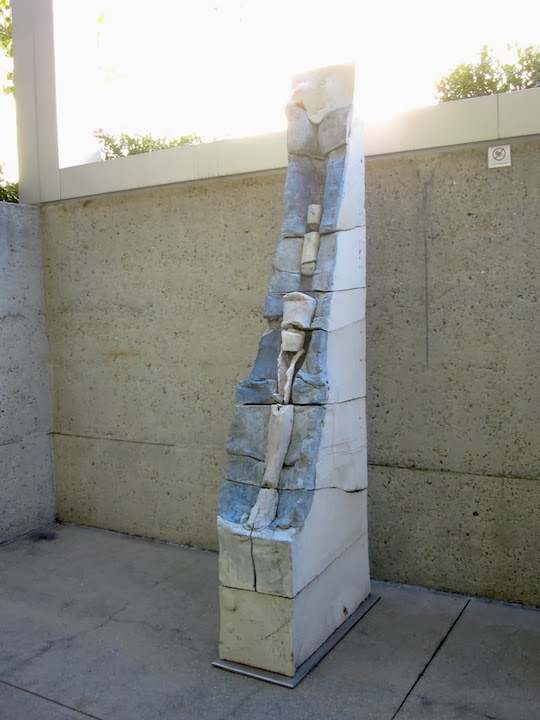








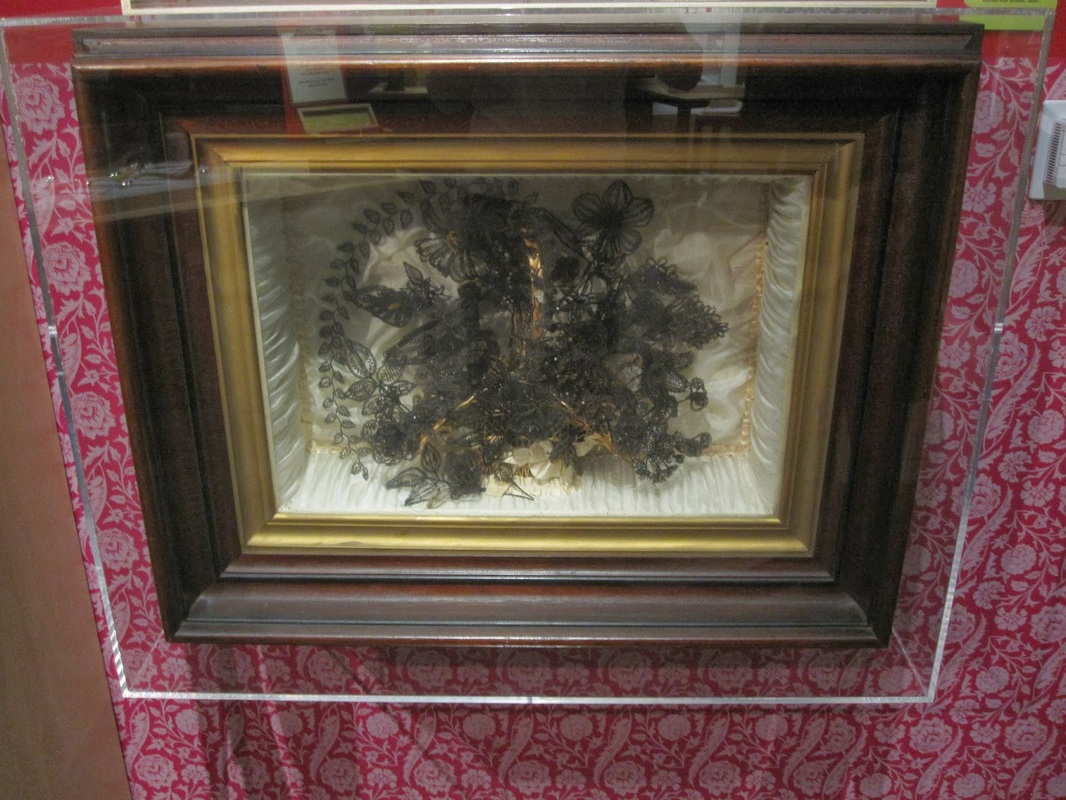


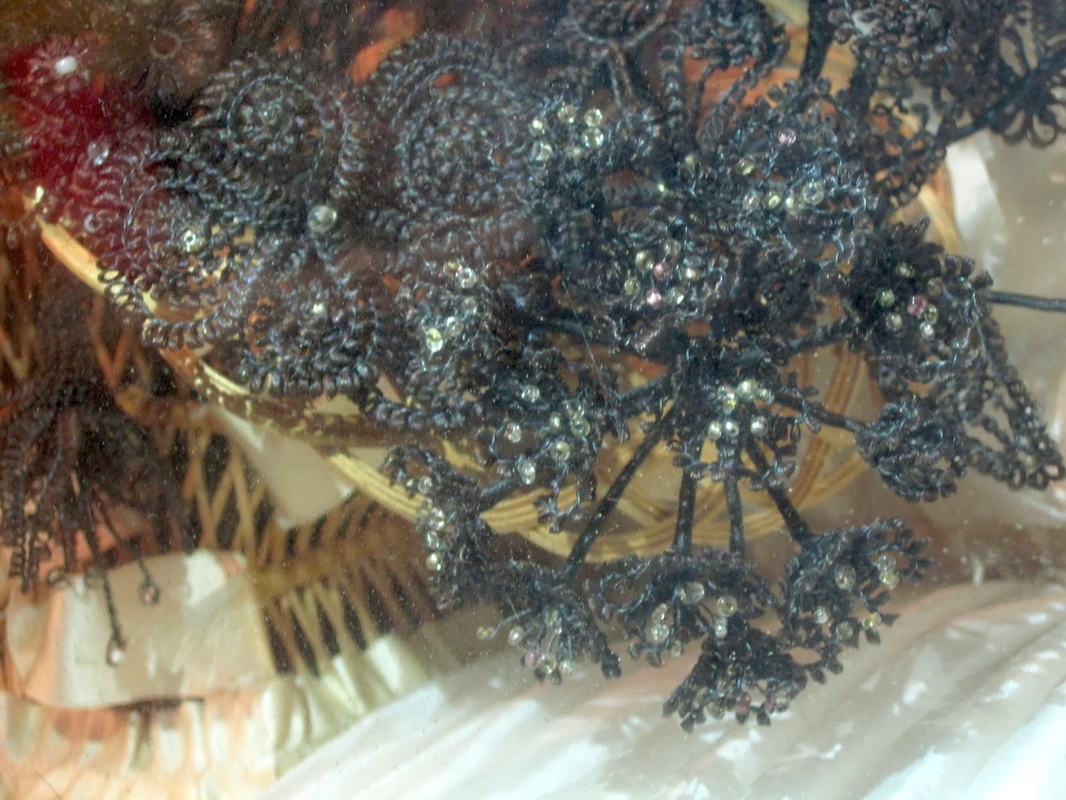

 RSS Feed
RSS Feed
